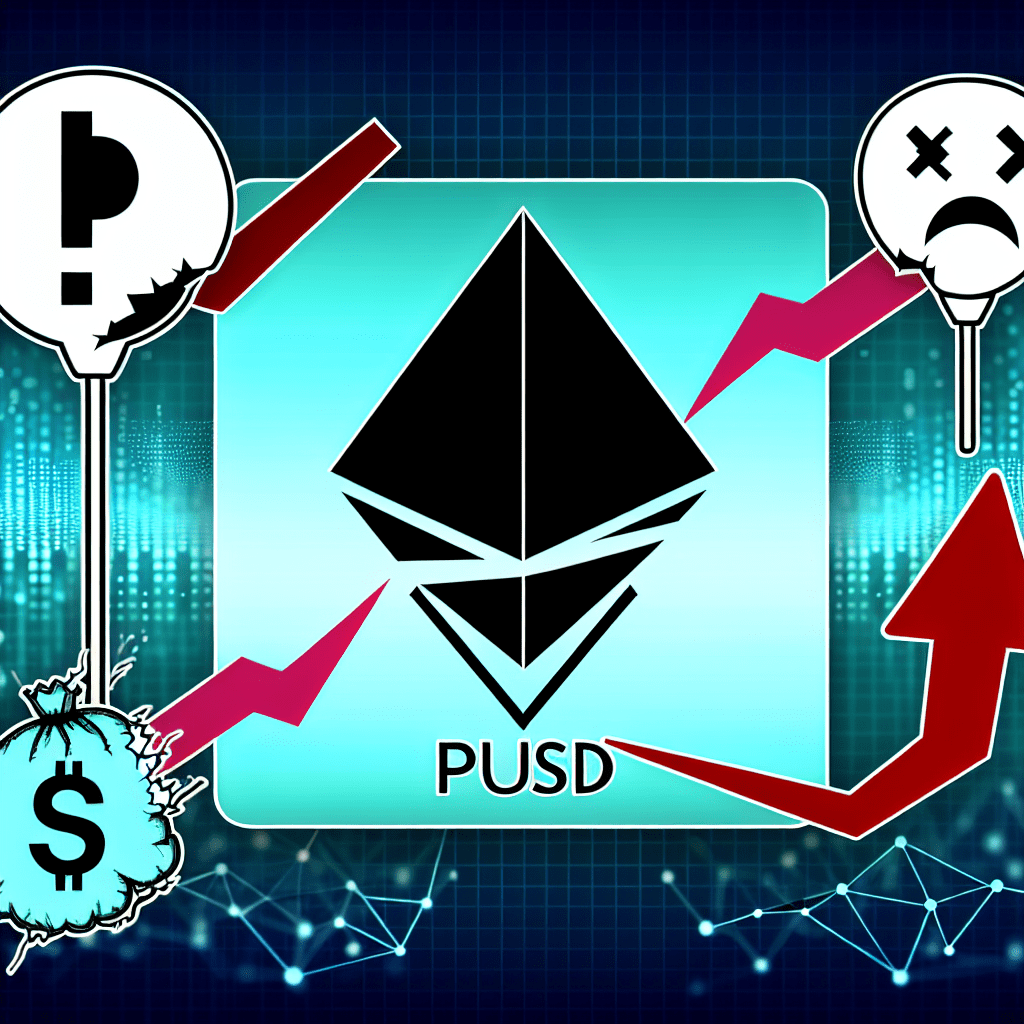Polkadot (DOT) is set to unveil a new stablecoin, pUSD, as part of the RFC-155 proposal. Advocates within the Polkadot community view pUSD as a vital step toward unlocking its DeFi potential, reducing reliance on USDT/USDC, and enhancing ecosystem independence.
Nevertheless, there are worries about repeating previous errors. pUSD is an over-collateralized stablecoin entirely backed by DOT, implemented on Asset Hub, and employing the Honzon protocol created by Acala. Acala was previously responsible for aUSD, a stablecoin initiative that faced severe setbacks.
Sponsored
Sponsored
Can pUSD Stablecoin Sidestep the Same Pitfalls as aUSD?
The reuse of Honzon—the framework Acala used for aUSD—raises concerns. This prior incident diminished the community’s trust in the Acala team, with some alleging that they “blamed a hack” while inadequately addressing user compensations.
“Acala’s stablecoin (aUSD) launch was a total failure, and it shattered my confidence in the team. I can’t support their project anymore. Ideally, I would like to see a proper, trustworthy, native solution. It’s frustrating that with all the talent available in the Polkadot/Substrate ecosystem, no one has created something better yet.” – A community member commented.

Even supporters of Polkadot’s native stablecoin still acknowledge that Honzon and Acala provide critical lessons. They suggest the project should “advance independent of the Acala team.” Furthermore, they urge the Technical Council to assume clear governance responsibilities.
“With these reassurances, I would be willing to vote AYE. Without them, the chances of repeating past errors are too high.” Another member noted.
Excessive Risks
Sponsored
Sponsored
Beyond concerns regarding Honzon and the Acala team, Polkadot’s pUSD also encounters skepticism within the community. A primary issue stems from its structure, being solely supported by DOT.
While the specific overcollateralization ratio is still ambiguous, this could lead to liquidation chains and exert additional selling pressure on the token. Although the pUSD model is safer than Terra’s UST due to its overcollateralization, relying exclusively on DOT as collateral poses considerable risks.
Initially, MakerDAO’s DAI was also based solely on ETH collateral. However, MakerDAO now supportss Multi-Collateral DAI (MCD), allowing users to back DAI with a variety of crypto assets like ETH, WBTC, LINK, UNI, stETH, and even Real World Assets (RWAs) such as US Treasuries.
“Being backed solely by DOT could trigger liquidation cascades and increase selling pressure. Let’s not forget the infamous DAI depeg in 2020, which compelled MakerDAO to diversify its collateral.” A user on X commented.
Additionally, another X user highlighted that the Polkadot ecosystem already possesses more advanced native solutions like HOLLAR. The Hydration runtime develops this stablecoin, optimizing it for appchains and positioning it as superior to the outdated aUSD architecture. Consequently, many contend that rather than mirroring a “traditional” EVM model, Polkadot should utilize its unique advantages, enabling the creation of a stable, secure solution that truly reflects its ecosystem’s potential.
pUSD represents a strategic initiative by Polkadot to unlock DeFi potential. If it proves secure and achieves broad adoption within the ecosystem, it could offer significant advantages. However, the shadow of aUSD’s failure continues to breed skepticism within the community.
To prevent repeating past mistakes, Polkadot must actively address these lingering apprehensions. The capped supply of DOT at 2.1 billion, as reported by BeInCrypto, could assist in fostering the ecosystem’s development.

